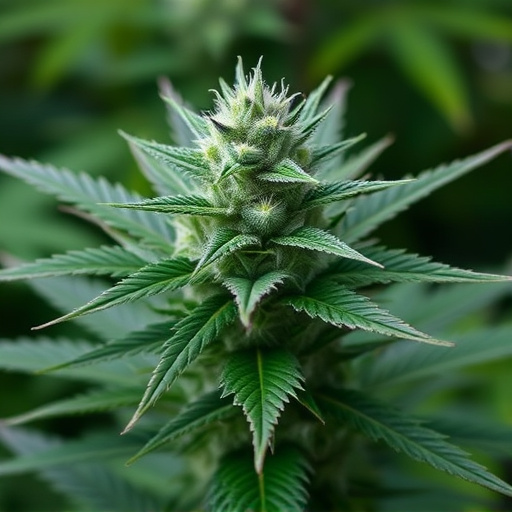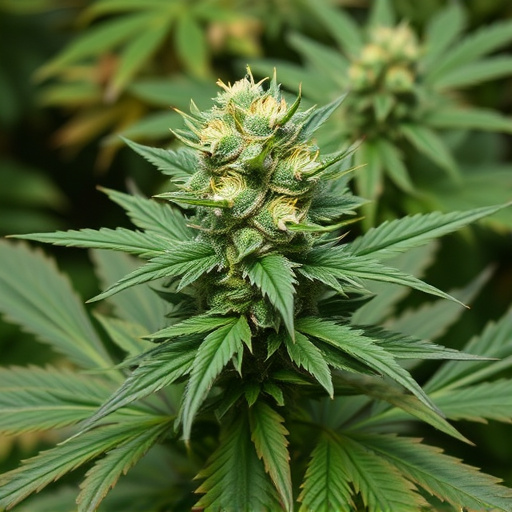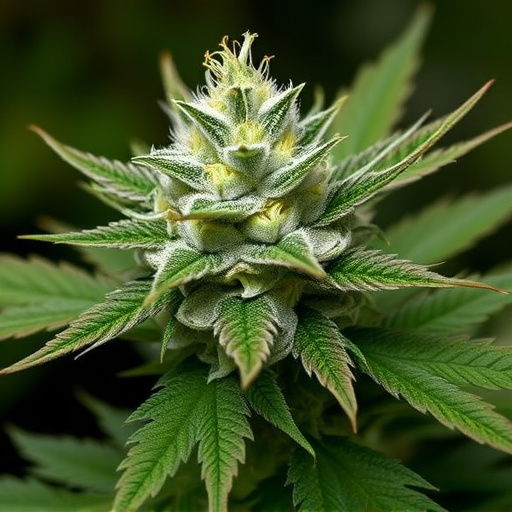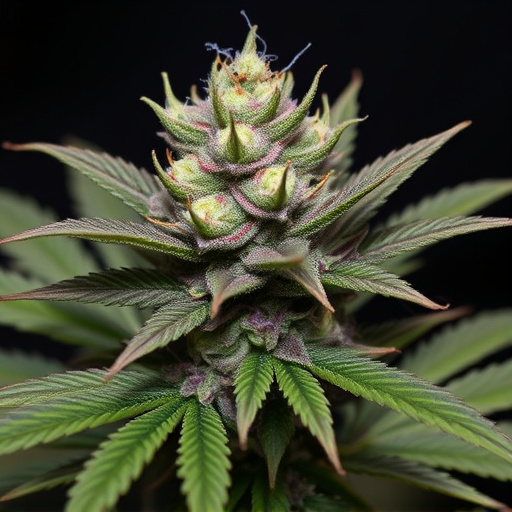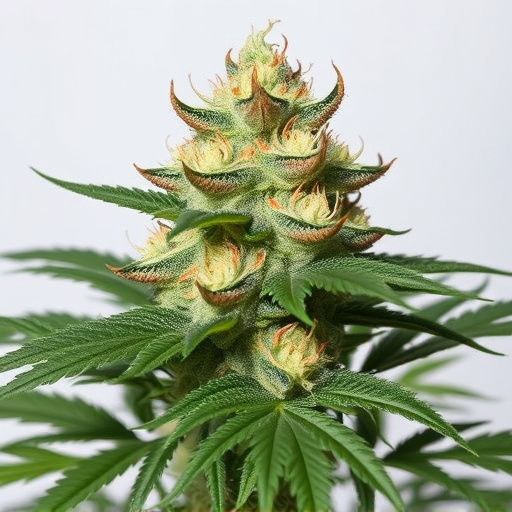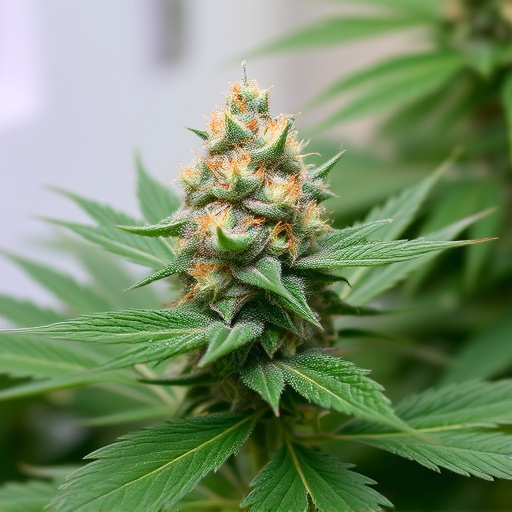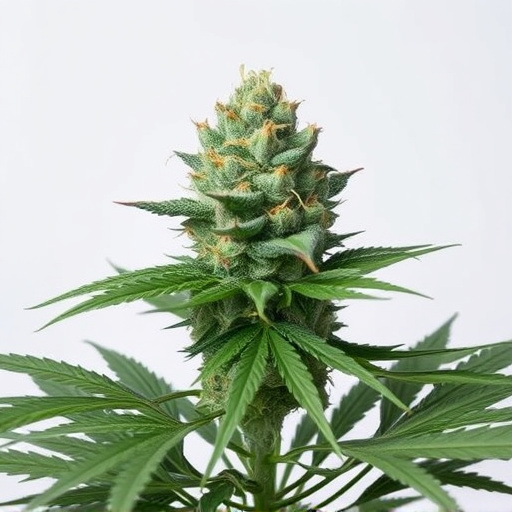The detection time of cannabis varies greatly due to strain type (high THC vs. high CBD), consumption method, frequency of use, individual metabolism, body weight, age, and health. Best kush strains, rich in THC and unique terpenes like myrcene, can remain detectable for up to several days compared to hours for high-CBD strains. Regular users may experience shorter detection times due to body adaptation. Understanding these factors is crucial for managing cannabis usage and preserving privacy, especially when considering the potent THC content of popular best kush strains.
“Unraveling the factors that dictate cannabis detection times is crucial for understanding both recreational and medicinal use. This article explores the intricate web of elements influencing these timelines, from genetic traits of top-tier best kush strains to environmental factors like consumption methods and dosage. Additionally, we delve into technological advancements in detection methods, highlighting the shift from traditional testing to modern, data-driven techniques that promise enhanced sensitivity and accuracy.”
- Factors Influencing Cannabis Detection Times
- – Genetic Traits of Best Kush Strains
- – Individual Metabolism and Body Mass
Factors Influencing Cannabis Detection Times
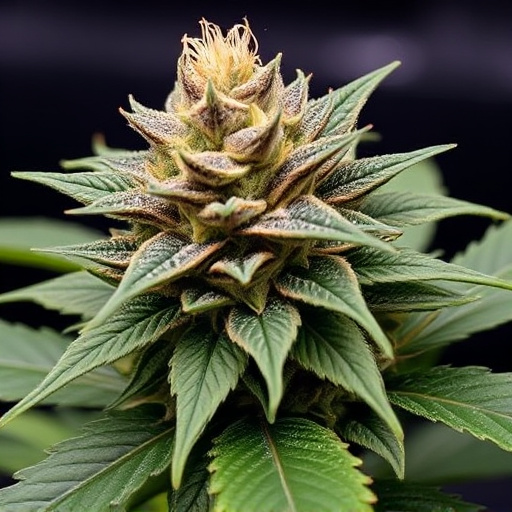
Several factors play a significant role in determining the detection times of cannabis, which can vary widely depending on various circumstances. One of the primary considerations is the type or strain of cannabis consumed. Best kush strains, known for their potent THC levels and unique chemical profiles, may have longer detection windows due to the time it takes for the body to metabolize these compounds. For instance, a high-CBD strain might be easier to detect within a few hours post-consumption, while a more potent kush variety could remain traceable for an extended period, sometimes even up to several days, depending on individual metabolism and consumption quantity.
Additionally, factors like method of consumption, frequency of use, and individual metabolism all contribute to detection times. Edibles, for example, often result in longer detection periods because the body processes them slower than inhaled cannabis. Regular users might also experience shorter detection windows as their bodies become more accustomed to managing cannabinoids. Age, weight, and overall health are other relevant variables that influence how quickly and for how long cannabis can be detected in an individual’s system.
– Genetic Traits of Best Kush Strains
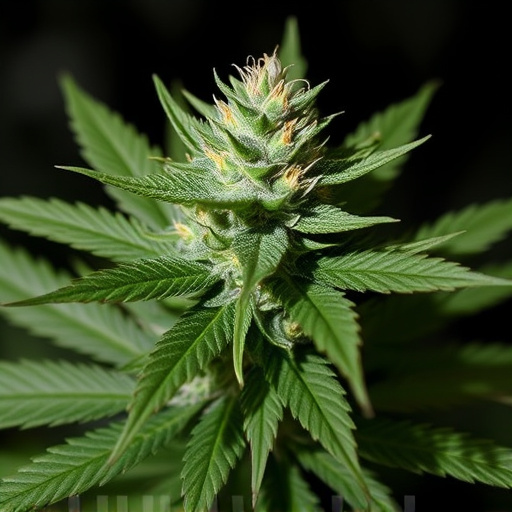
The genetic makeup of cannabis plants plays a significant role in determining detection times, particularly with popular varieties like the best kush strains. These strains, renowned for their potent effects and unique aromas, possess specific traits that can influence how quickly their compounds are detected in tests. For instance, some kush strains may have higher levels of THC (tetrahydrocannabinol), the primary psychoactive compound responsible for its intoxicating effects. Higher concentrations of THC naturally extend detection windows as it takes longer to break down in the body.
Additionally, the best kush strains often exhibit a robust terpene profile—the aromatic compounds that contribute to the plant’s scent and flavor. Terpenes like myrcene, limonene, and pinene not only enhance the overall experience but can also impact detection times. Myrcene, for example, is known for its sedative properties and may slow down metabolism, prolonging the time it takes for cannabis compounds to be detected. Understanding these genetic traits is crucial for individuals seeking to manage their cannabis usage and ensure privacy when necessary.
– Individual Metabolism and Body Mass
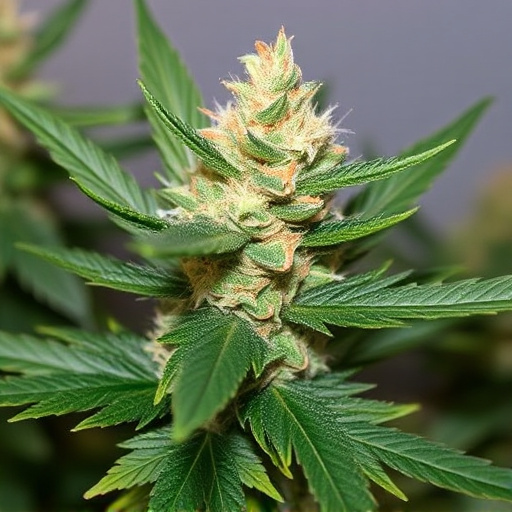
The detection time of cannabis in an individual’s system is influenced by several factors, with one of the key contributors being their unique metabolism and body mass. Every person metabolizes substances differently, and this varies based on age, overall health, and genetic predispositions. For instance, those with a faster metabolism might clear cannabis from their system more rapidly than others, leading to shorter detection windows.
Body mass is another significant player in determining how quickly cannabis remains detectable. Generally, individuals with higher body masses have larger reservoirs of fat cells, which can act as storage sites for cannabinoids like THC. As a result, it may take longer for these compounds to clear from the system, extending the detection period. This is particularly relevant when considering the popularity of certain best kush strains known for their potent THC content, which could impact detection times differently across individuals with varying body masses.
Understanding the factors that influence cannabis detection times is crucial for both users and legal authorities. When it comes to the best kush strains, genetic traits play a significant role in metabolism and how quickly THC is processed. Individual body mass and metabolism speed can also vary detection times, highlighting the importance of personalized knowledge in navigating the effects and duration of cannabis use. By considering these factors, individuals can better anticipate and manage the impact of cannabis consumption.
